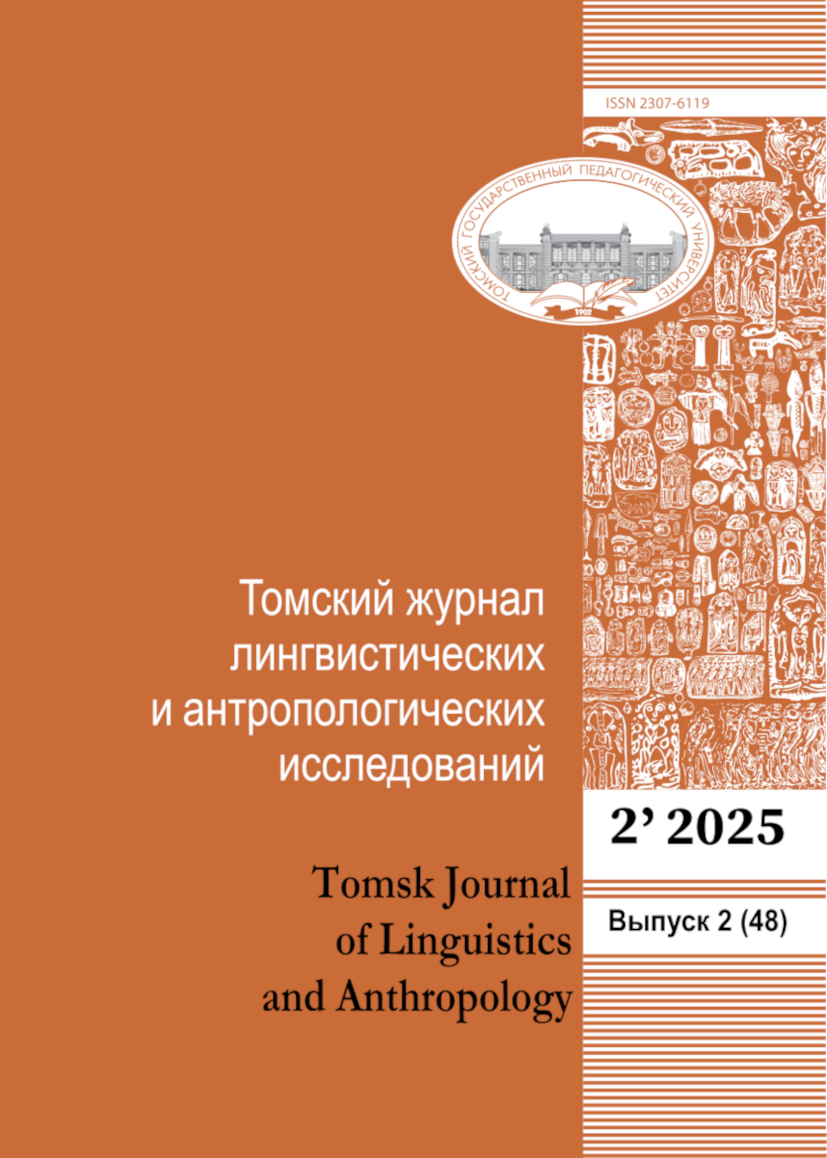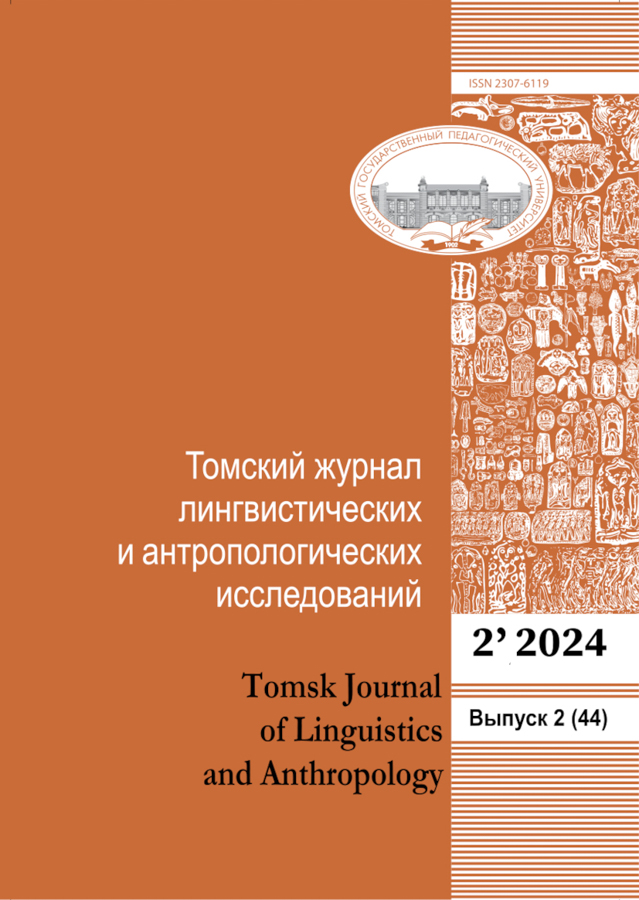Toys have long been the subject of ethnographic research. Among the toys, balls, bats, dolls, and random toys made of natural materials stand out. They are rarely mentioned in the scientific literature. The article, based exclusively on the field material of the author’s team, is devoted to the study of these types of toys among Bashkir children, i.e., play objects that return to the natural environment after play. The study aims to reveal an unexplored aspect of the problem and show the stability of random toys (or eco-toys) as an element of play culture. These toys are classified according to their material of origin: stones, wood, clay, and plant toys made of grass, flowers, and fruit. The classification of games is based on gender and age: boys’ games, girls’ games, and general games. A historiographical overview of the literature on the games of Bashkir children leads to the conclusion that Bashkir toys have hardly been researched and that the subject of random toys has not been dealt with at all. The authors found that the objects in question are characterized by simplicity of manufacture, the games are quick, and the play objects return to the natural environment. Nevertheless, such games are of great importance as they help to develop children’s dexterity, accuracy, and observation skills; they familiarize them with the properties of objects and the world around them; they have an educational value as the child learns through play to recognize plants, materials, their properties and the possibility of their use in everyday life. All games and eco-games reflect the traditional occupations and way of life of the Bashkir people - animal husbandry, hunting, and gathering. In the child’s imagination, the surrounding world, the reality of life, and everyday life are represented by wood, clay, flowers, herbs, and stones. Examples of the oldest hunting and gathering techniques can sometimes be seen in this type of toy – a sling, whistles, slingshots, and plants for decoration. Even today, the toy has not lost its significance and retains its niche in modern children’s culture.
 9-20
9-20


 21-34
21-34


 35-45
35-45


 46-57
46-57


 70-83
70-83


 58-69
58-69


 84-93
84-93


 94-102
94-102


 103-112
103-112


 113-123
113-123


 124-137
124-137


 138-142
138-142












